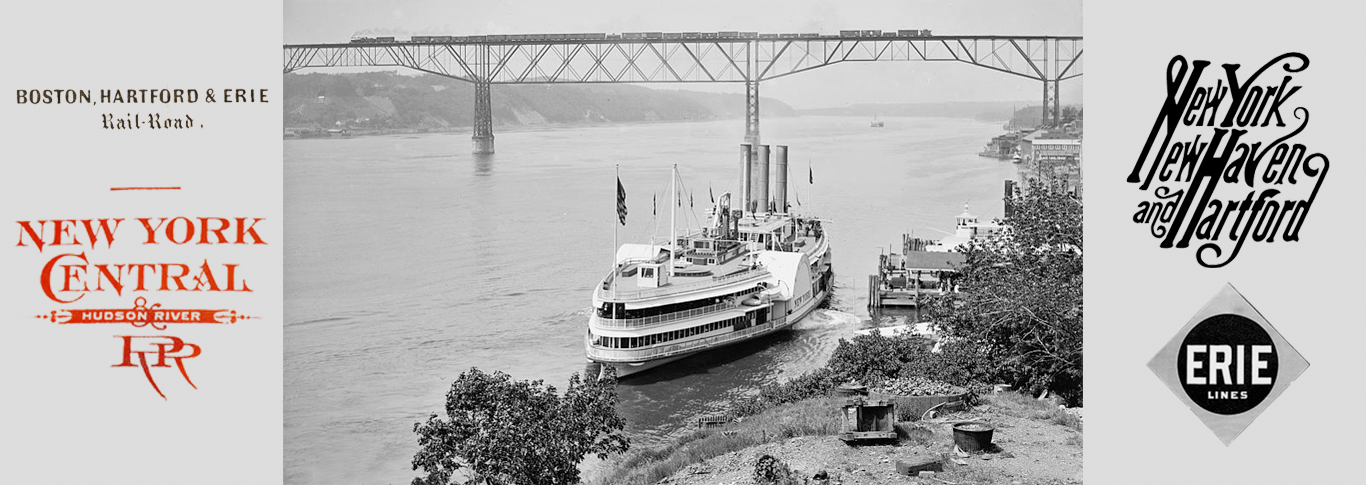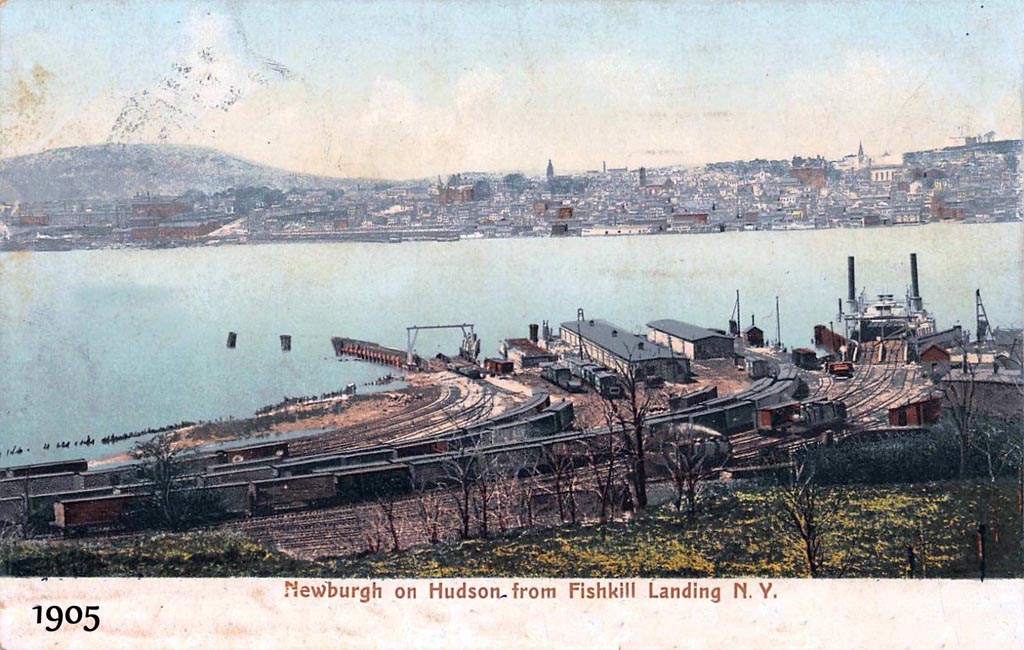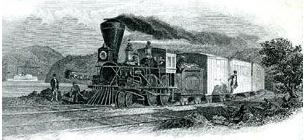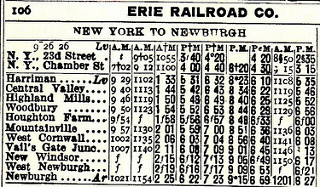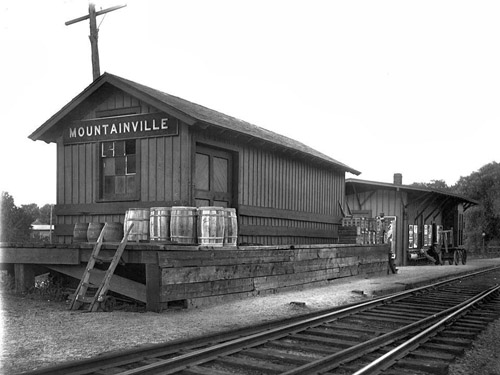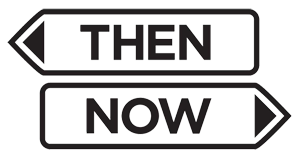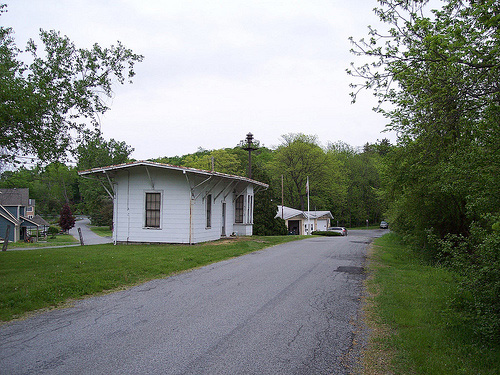
THE HUDSON LINE
THE HUDSON LINE BEGINS AT GRAND CENTRAL TERMINAL and starts a steep climb in the Park Avenue Tunnel. This part of the line was originally the New York & Harlem in the 1830s. At 86th Street you are still in the tunnel, but you reach your highest point in elevation on the Hudson Line. As you leave the tunnel, nearly three miles from Grand Central, you will ride upon the Park Avenue Viaduct. This structure was completely renovated to allow a smoother, faster ride. On the viaduct you will come to your first station at 125th Street, the main street of Harlem. As you look west, on the north side of the street you can see the famous Apollo Theatre.
...After leaving 125 Street, you will cross the Harlem River and divert in a northwesterly direction. At Mott Haven Junction (MO), the tracks of the Hudson Line swing off towards the Harlem River. You will pass the new Yankee Stadium where a new station opened in 2009 and follow the river to Spuyten Duyvil. This is where the Amtrak Empire Branch from Penn Station joins the Metro-North tracks. Now your train is heading north along the banks of the mighty Hudson River. This is the former route of some of the New York Central's most famous trains; like The Twentieth Century Limited and The Empire State Express. Try to be seated on the left side of the train to view the Palisades Cliffs on the opposite side of the river. As a customer-oriented improvement, Metro-North removed many of the obstacles along the river that might block your view.
... As you pass through Yonkers, Tarrytown and Ossining (express stops) your train will reach speeds up to 75 mph. South of Poughkeepsie, trains travel up to 90 mph on Metro-North tracks. If that's not fast enough, you can continue your trip to Albany at speeds up to 110mph. What's the hurry? With the views you have on the Hudson Line, you may want to catch a local.
...Metro-North's major shop facility is located at Croton-Harmon, at the northern end of third-rail territory. Electric MU's, diesel locomotives, Bombardier coaches, and other MN equipment are serviced here. There is a highway bridge that brings cars across the yard to Croton Point Park - you can get a good view of the shops from there. It's a good place for photographs, but don't even think of trespassing in the yard. It's dangerous, and illegal. Croton-Harmon is also an Amtrak stop.
...Poughkeepsie is the northern terminus of commuter service on the Hudson. The former New York Central station is tucked in between the Mid-Hudson Bridge, the Poughkeepsie Railroad Bridge, the Hudson River, and New York Route 9. The Poughkeepsie Bridge used to carry New Haven freights across the river to the major yard in Maybrook, New York. It was the only Hudson rail crossing south of Albany (not counting the New York tug floats). The bridge suffered a tie fire in 1974 (under the stewardship of Penn Central), and has been closed ever since but will soon reopen as a public park with a pedestrian walkway. Until approximately 2003, there was a switchback interchange that ran from the former New Haven tracks down to the Poughkeepsie yard that served several CSX freight customers. The connection was cut and the tracks removed.
